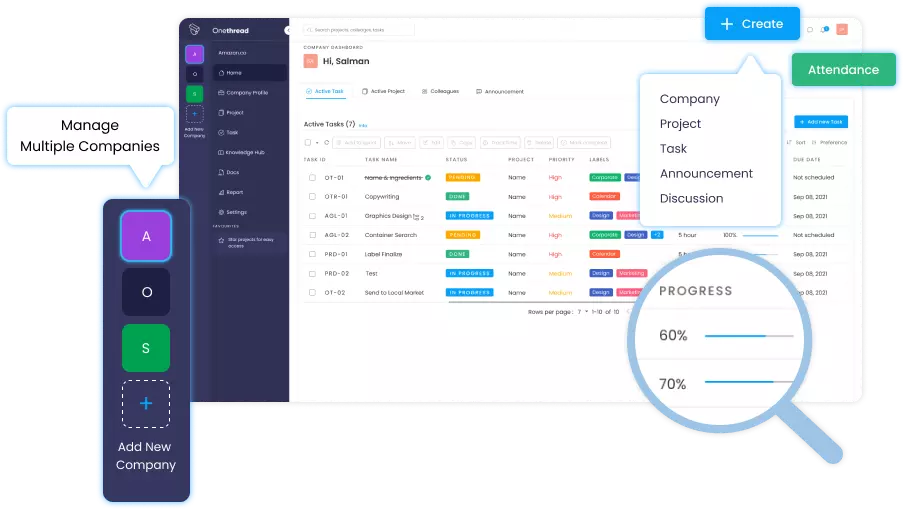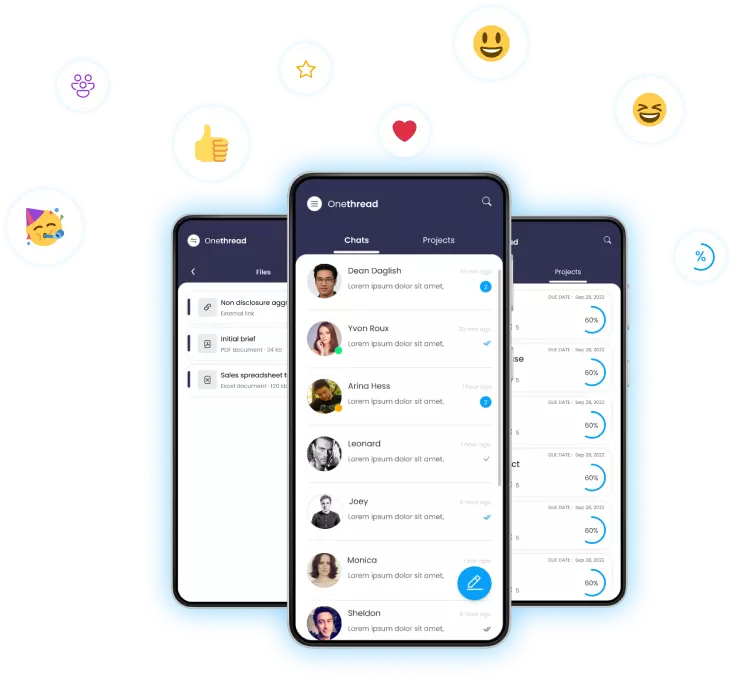Easiest Tool to Manage Project
Manage tasks, files & communicate in the simplest way.
NO CREDIT CARD REQUIRED. |Fully compliant with GDPR
Already have an account? Sign In
Get everything you need in a single package
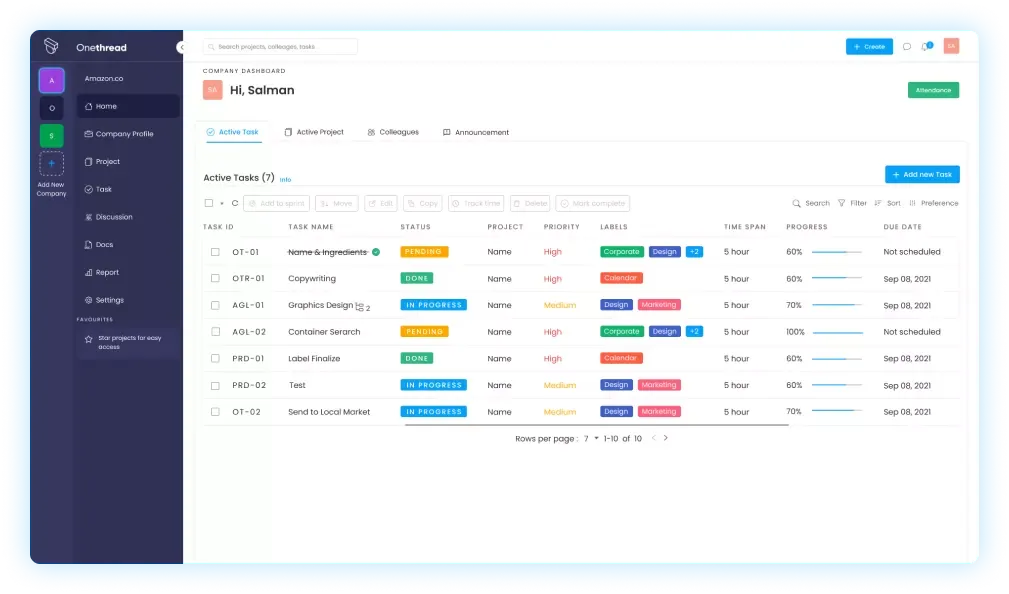
Track projects and monitor progress effortlessly
- Live updates of all the work
- Keep tabs on your team’s progress
- Never miss a deadline
Our Clients







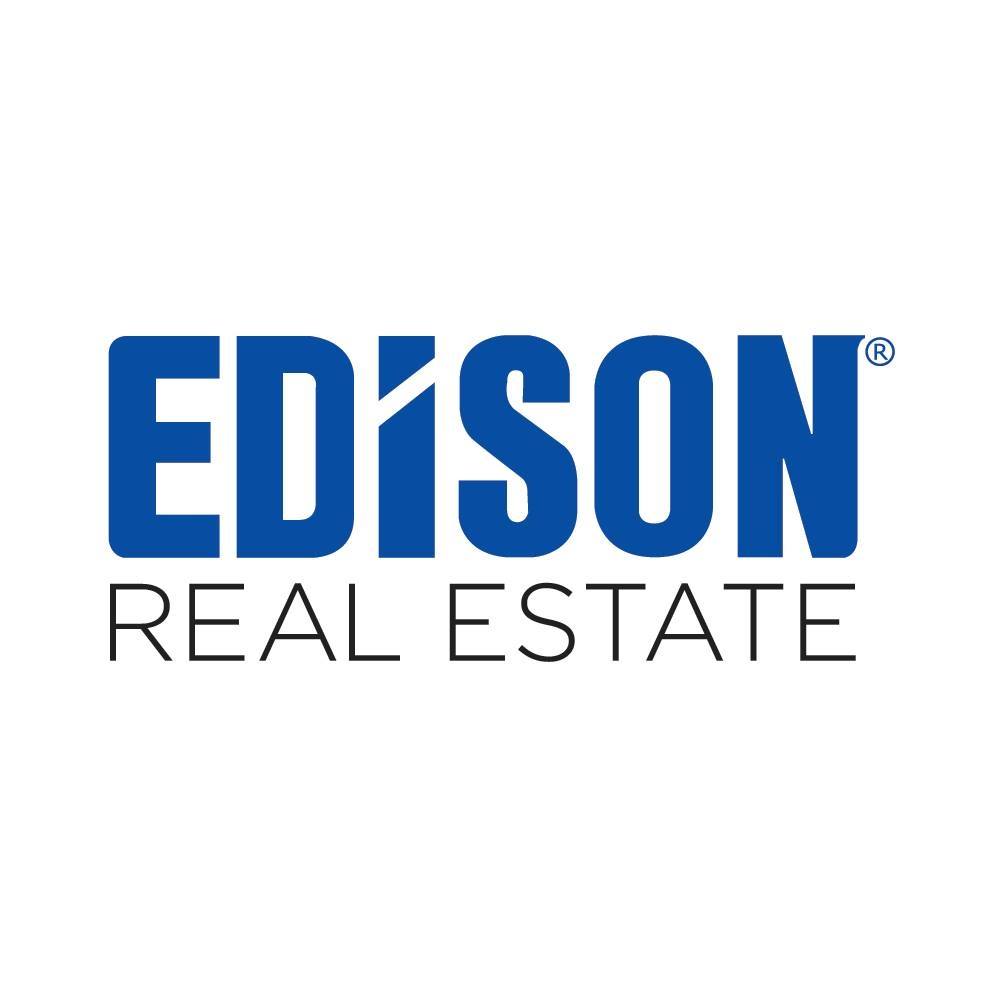
Book a free Practical Demonstration
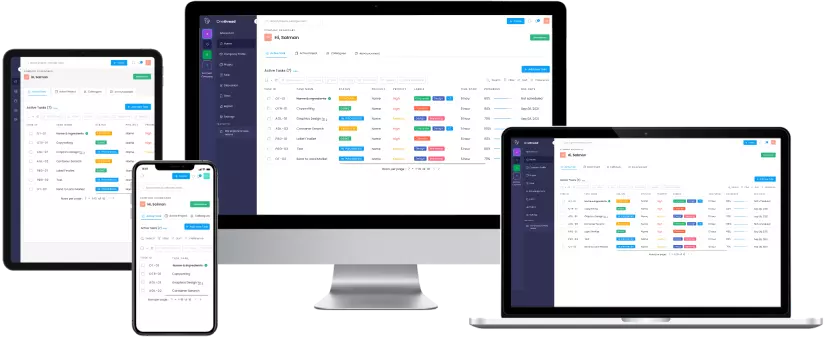
Get a freeDemonstration
In order to experience the user friendly platform of Onethread, book a Practical Demo
Book a Practical DemoWe're offering you The best deal!
See how our pricing and features differ from our competitors
